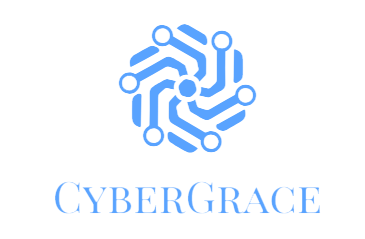There is a rush for businesses to move towards digitalization. The desperation to provide alternatives to operations amid the pandemic and the competitive business landscape triggers the migration online. The overhaul, however, can be a challenging process. Digitalization includes a complicated process that involves plenty of resources, costs, and personnel.
It might take months before you complete a small portion of digital migration, and it just means moving on to the next part. Overall, digitalization could take years to accomplish, and it will never stop due to the many advancements we encounter.
That situation might be looking way into the future. For now, your only hurdle is to migrate parts of your operation to digital channels. The journey seems simple enough, similar to a point-A-to-point-B situation. The path includes picking up a few steps vital to your quest, especially these.
Business Plan
Digitalization is part of business expansion. Companies dedicate thousands of funds and resources to ensure success in migrating operations to digital, but the goals will remain aspirations. You digitalize in hopes of improving output, but there is a high chance that your efforts lead to meager results. As a result, businesses that aim for digitalization must develop a game plan to ensure it leads to the best outcome for them.
A business plan is necessary to ensure two things. First, every penny in the business bank account must have a purpose. Financial management is a critical factor in business success. Every project, including digitalization, must be cost-efficient to ensure that profits grow steadily. Second is an operational improvement, with the digital programs, tools, and channels onboarded contributing to efficiency and productivity.
With those elements in mind, creating a business plan can begin. It starts with identifying the business functions that could benefit from digitalization. Digital marketing, accounting, sales, and human resources are among the top business functions migrating online. As a result, you can find plenty of third-party software and tools to utilize. This situation is when you should start comparing costs and performance before settling for your chosen version.
IT Support
Your business plan can lead you to the digital programs and tools with the most cost-efficient and productive qualities you are looking for in digitalization. Purchasing should not happen immediately.
Operations need to be seamless and smooth-flowing, often forming a straight line comprising different processes and systems. Your picks might not be compatible with each other. Part of the research process involves checking if those digital programs, particularly those interacting within the workflow, can connect.
Digitalization requires compatibility, which is the primary priority for the IT support division. They will integrate those programs and tools that work well with each other, ensuring there are no issues with transferring business data. Employees might encounter problems when utilizing those programs. Should those situations arise, the IT support team can assist them through a helpdesk.
Server Maintenance
While there might not be issues with digital programs and tools on the employees’ end, the problems might occur on servers themselves. Business data and information can arrive at a rapid pace, overloading and overheating servers your IT support team worked hard to maintain. As a result, the business operations suffer from delays and disruptions. Your business processes will receive financial losses, the opposite of what digitalization should provide for you.
Unfortunately, it can be costly to hire in-house server maintenance professionals. The equipment and tools might also require significant expenses, making digitalization complicated. The SQL server requires the most attention because the tools in that area might be necessary for most of your business functions. As a result, hiring third-party service providers who can provide SQL server monitoring and maintenance could be your cost-saving strategy.
Cybersecurity

Digitalization has plenty of benefits, but it doesn’t mean there aren’t threats. Small businesses transitioning to digital platforms are the primary targets of experienced cyber attackers. Since they migrate online, their business operations might be vulnerable to malware and phishing scams. There are plenty of threats to watch out for, making it necessary to build an in-house cybersecurity team.
Your business data requires protection. If a threat manages to get past substandard security protocols, the company might lose a lot of money. The IT cybersecurity team ensures your digitalization efforts will result in benefits, keeping threats as far away as possible.
Digitalization is a critical step for business growth and success. Businesses must avoid going through it blindly. These necessities can help you enjoy digitalization for all its glory. Should you decide to take on the digital transformation journey, these should be your top priorities.

